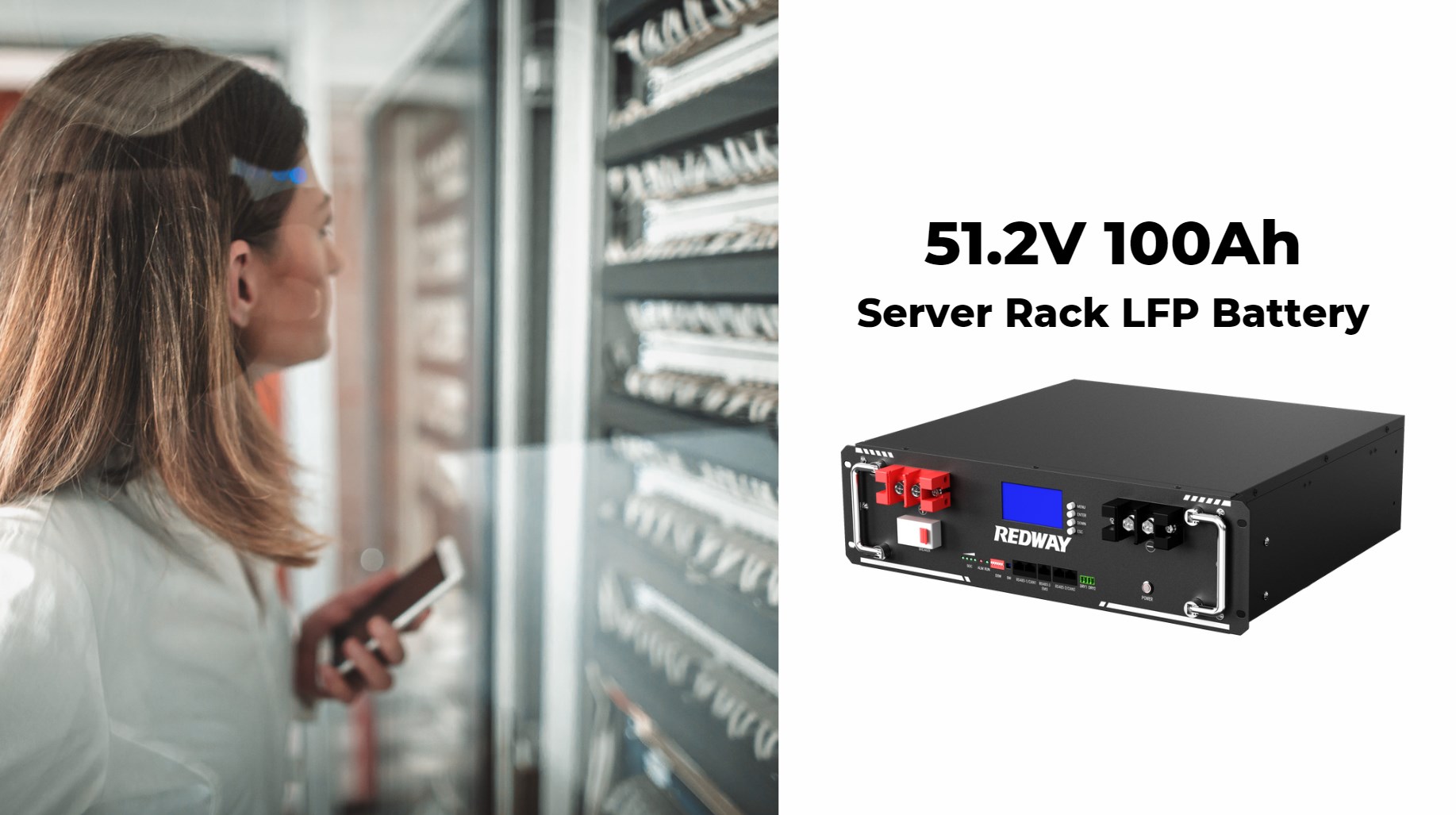When it comes to maintaining the performance and longevity of LiFePO4 (Lithium Iron Phosphate) batteries, one critical aspect that often comes into question is the depth of discharge (DoD). While these batteries are renowned for their safety and stability compared to other lithium-based batteries, understanding the effects of complete discharge is crucial for ensuring optimal performance and durability.
Fully discharging a LiFePO4 battery can harm its lifespan by causing irreversible damage over time. To maintain optimal health, keep the depth of discharge above 20%, as frequent deep discharges may reduce cycle life. Following these best practices ensures better performance and longevity for your LiFePO4 batteries.
Understanding LiFePO4 Batteries
LiFePO4 batteries are widely favored for their long cycle life, thermal stability, and high safety profile. They are commonly used in a variety of applications, including solar energy storage systems, electric vehicles, and server racks. Their robust design allows them to handle numerous charge and discharge cycles with minimal degradation, making them a preferred choice in demanding environments.
The Impact of Complete Discharge
Fully discharging a LiFePO4 battery—that is, depleting it to 0% state of charge (SoC)—can have several detrimental effects. Unlike traditional lead-acid batteries, LiFePO4 batteries have a built-in Battery Management System (BMS) designed to prevent over-discharge. However, consistent deep discharges can still impact the battery’s performance and longevity.
1. Internal Damage and Capacity Loss
A full discharge can lead to internal damage within the battery cells. Over time, this damage accumulates and results in a reduced capacity to hold a charge. The electrochemical processes within the battery become less efficient, causing capacity fade. This not only shortens the battery’s overall lifespan but also impacts its reliability and performance.
2. Increased Degradation Rate
LiFePO4 batteries are designed to withstand moderate discharges, but deep discharges accelerate the degradation rate of the battery’s internal components. The cathode material, which is crucial for energy storage, can become less effective with repeated deep discharges. As a result, the battery may exhibit reduced cycle life and diminished overall performance.
3. Risk of Irreversible Damage
In severe cases, deep discharging can cause irreversible damage to the battery. This damage can render the battery inoperable, necessitating costly replacements. While LiFePO4 batteries are generally resilient, avoiding complete discharge is essential to prevent such extreme outcomes.
Best Practices for Managing Depth of Discharge
To ensure the longevity and efficiency of your LiFePO4 batteries, it is essential to follow best practices regarding the depth of discharge. Here are some key recommendations:
1. Maintain Optimal Discharge Levels
For optimal performance, keep the discharge levels between 20% and 80% SoC. This range helps in maintaining the battery’s health by reducing the stress on its internal components. Regularly discharging the battery beyond this range can lead to accelerated degradation.
2. Use Battery Management Systems (BMS)
Ensure that your battery system includes a high-quality Battery Management System (BMS). The BMS plays a critical role in monitoring battery health, preventing over-discharge, and balancing charge levels across cells. A well-functioning BMS helps protect the battery from deep discharges and enhances its overall lifespan.
3. Implement Regular Maintenance
Regular maintenance is crucial for keeping your battery in optimal condition. Inspect the battery periodically for any signs of wear or damage and perform necessary maintenance tasks. This includes checking connections, ensuring proper ventilation, and monitoring charge cycles to prevent deep discharges.
4. Avoid Overloading
Avoid overloading the battery by exceeding its rated capacity. Overloading can lead to excessive current draw, which increases the risk of deep discharge and strain on the battery. Properly sizing your battery system for your specific needs helps maintain its health and performance.
The Role of Battery Quality in Longevity
The quality of LiFePO4 batteries significantly impacts their resilience to deep discharges. Investing in high-quality batteries from reputable manufacturers ensures that you benefit from advanced technologies and superior construction. These batteries are designed to handle moderate discharges more effectively and offer enhanced performance and longevity.
Impact on Server Rack Batteries
For server racks, where reliability and uptime are paramount, managing the depth of discharge is especially crucial. Server rack batteries often undergo frequent charging and discharging cycles due to the critical nature of their application. To avoid disruptions and maintain efficiency, follow these best practices:
1. Regularly Monitor Battery Health
Implement a robust monitoring system to track the health and performance of your server rack batteries. This includes checking voltage levels, temperature, and state of charge. Monitoring helps in identifying potential issues early and taking corrective actions before deep discharge occurs.
2. Ensure Adequate Backup Power
Having an adequate backup power system ensures that server operations remain uninterrupted in case of a battery failure. This includes setting up redundant power sources and ensuring that your battery system is appropriately sized for the load it supports.
Conclusion
Avoiding complete discharge of LiFePO4 batteries is crucial for preserving their performance and extending their lifespan. By maintaining optimal discharge levels, using a high-quality BMS, implementing regular maintenance, and investing in quality batteries, you can ensure the long-term reliability and efficiency of your battery systems.
For those seeking innovative and reliable battery solutions tailored to the high demands of modern server infrastructure, Redway Battery offers cutting-edge products designed to meet and exceed industry standards. By adhering to these best practices, you can optimize the performance of your LiFePO4 batteries and safeguard your IT infrastructure’s integrity.




